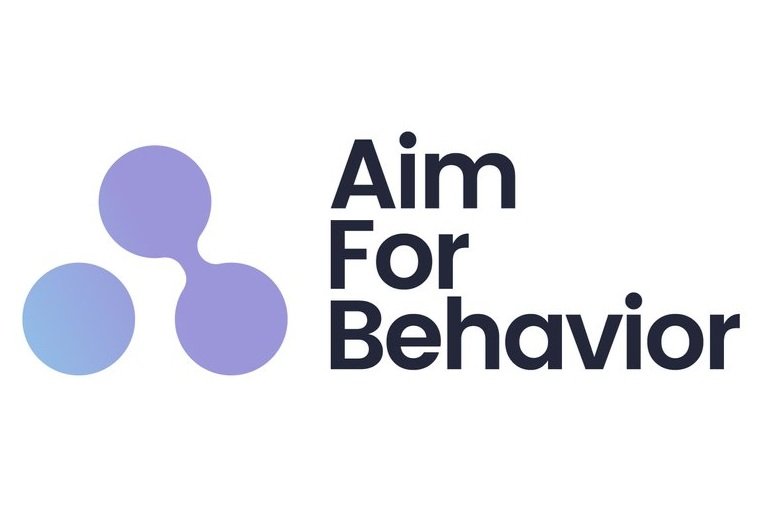Ever heard of "Sludge"?
Image: https://www.nsw.gov.au/
It's that friction that is caused (intentionally or unintentionally), that stops people from doing the things they were trying to do.
By using Behavioral Insights, we can work to reduce Sludge, as we can better understand what is stopping someone from moving forward with the things they wanted to do.
What are some examples?
1) Think about subscription services - easy to subscribe, but then very hard to unsubscribe (that intentional friction is sludge)
2) Hard-to-understand language and jargon that confuses people
3) Company processes that are super complicated for employees to complete, making the employees do a workaround or ignoring altogether.
4) Auto-renewal services as default ( I had this recently happing with an account, no reminder, and then - 150 euros for a service I don't need )
The team over at NSW Government created a "sludge unit" and have shared some guides on how to think about and remove Sludge
Here is one for Mobile Apps, which helps you look at 4 areas in your app:
1. Onboarding and uptake
2. User experience design and navigation
3. Language and content
4. Digital systems
Remember, you need to balance customer outcomes with business outcomes, so you don't fall into “dark patterns.”
If you need help identifying Sludge let me know 😀
These are other ways I can help you:
1 ) Get my Behavior Science and Design Courses: Learn to add that missing Behavioral Science layer to your products and services in an easy and practical way
2) Explore my services: I work on small projects or as part of your team
3) Frameworks: Get access to my free frameworks and tools
4) If you want to get Behavior Science and Innovation Tools join my Newsletter

